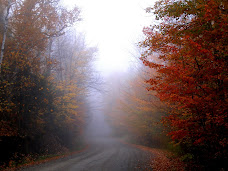
The moon passes between the sun and the earth during a solar eclipse seen in the southern Pacific Ocean on July 11, 2010.
Source: Press TV
http://www.presstv.ir/detail.aspx?id=134388§ionid=3510208
A total solar eclipse has swept over the southern Pacific Ocean, the 20th eclipse of the sun so far in the century, plunging remote archipelagoes into darkness.
The rare hours-long phenomenon started southeast of Tonga islands later on Sunday, cutting an arc that shrouded the Polynesian archipelago of Easter Island on its way to the east.
The eclipse finished with a pass across southern Chile and Argentina, where it came to an end just before nightfall in Patagonia after more than two and a half hours.
On Easter Island, some 4000 tourists, scientists, photographers and filmmakers watched the sky grow black in the middle of the day for about five minutes.
The effect was so stunning that crowds of football fans turned away from their TV screens while watching the 2010 World Cup final which coincided with the eclipse, AFP reported.
A solar eclipse happens when the Moon passes between the Sun and the Earth, veiling the Sun as viewed from the Earth.
Scientists say there will be 224 solar eclipses in the twenty first century, of which 77 will be partial, 72 will be annular or ring-shaped eclipses, 68 will be total and 7 will be hybrids between total and annular eclipses.
The greatest number of eclipses in one year is predicted to occur in 2011, 2029, 2047, 2065, 2076, and 2094

















a.jpg)

a.jpg)








No comments:
Post a Comment
Thanks for commenting on this post. Please consider sharing it on Facebook or Twitter for a wider discussion.